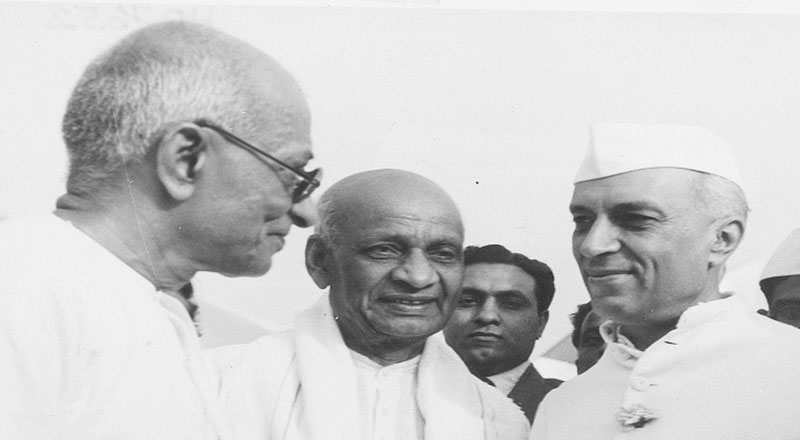A Major Leap in Indigenous Defence Technology
India is on the verge of a major defence breakthrough with the development of a homegrown hypersonic missile system capable of reaching speeds over Mach 5—five times the speed of sound. The announcement was made by Dr. Sudhir Kumar Mishra, former Chief of the Defence Research and Development Organisation (DRDO) and ex-CEO of BrahMos Aerospace, during the Powering Bharat Summit held on May 16.
Dr. Mishra revealed that DRDO has recently completed successful trials of a hypersonic engine, and preparations are now underway to integrate it into a full-fledged missile system. “Soon, we will come out with a hypersonic missile that will reach Mach 5 speed,” he said, proudly noting that all technologies for earlier systems like BrahMos were built entirely in-house.
BrahMos Legacy: Setting the Global Benchmark
Mishra emphasized that India’s missile technology is now globally respected. “When other countries start comparing and choosing Indian missile systems, it means ours is among the best,” he said.
The BrahMos missile, jointly developed with Russia, has already established itself as a world-class supersonic weapon. According to Mishra, the reliability and performance of Indian missile systems—demonstrated in over 130 successful trials—make them nearly impossible to intercept.
India’s Expanding Defence-Tech Ecosystem
India’s growing capabilities extend beyond missiles. Lt Gen (Dr) Inderjit Singh, Strategic Advisor at ideaForge Technology, highlighted the country’s long-standing investment in drone and ISR (Intelligence, Surveillance, and Reconnaissance) technologies. “India has been proactive in defence tech for over a decade, and the Ministry of Defence is now rapidly scaling up to acquire cutting-edge systems,” he said.
Meanwhile, Smit Shah, President of the Drone Federation of India, credited recent policy reforms—especially the 2021 Drone Policy—for catalyzing innovation in the private sector. Originally aimed at civilian use, the policy inadvertently laid the foundation for indigenous dual-use technologies, creating new opportunities for startups and established players alike.
Defence R&D: A Long-Term Investment in Skill and Innovation
Dr. Mishra reminded investors that defence R&D is a long game. “True defence research and development takes at least a decade, not two or three years,” he cautioned. He also addressed concerns about India's fragmented defence manufacturing sector, which currently has thousands of small companies vying for attention. “If there are 3,000 companies in every vertical, buyers find it hard to support them. Consolidation is the way forward,” he advised.
On the drone sector, he issued a stark prediction: “Today, there are 400 drone companies. Only about 20 will survive. The rest will fade without scalability and innovation.”
The Road Ahead: Self-Reliance, Security, and Economic Opportunity
India’s hypersonic missile program is more than just a military project—it represents a significant step toward technological self-reliance, skilled job creation, and economic growth. From engine development to manufacturing and systems integration, this project will engage thousands of engineers, researchers, and MSMEs, creating a ripple effect across industries.
With major defence players like DRDO, BrahMos, and private innovators working in tandem, India is not just defending its borders, but also building an ecosystem that supports long-term national growth.
(With agency inputs)



















